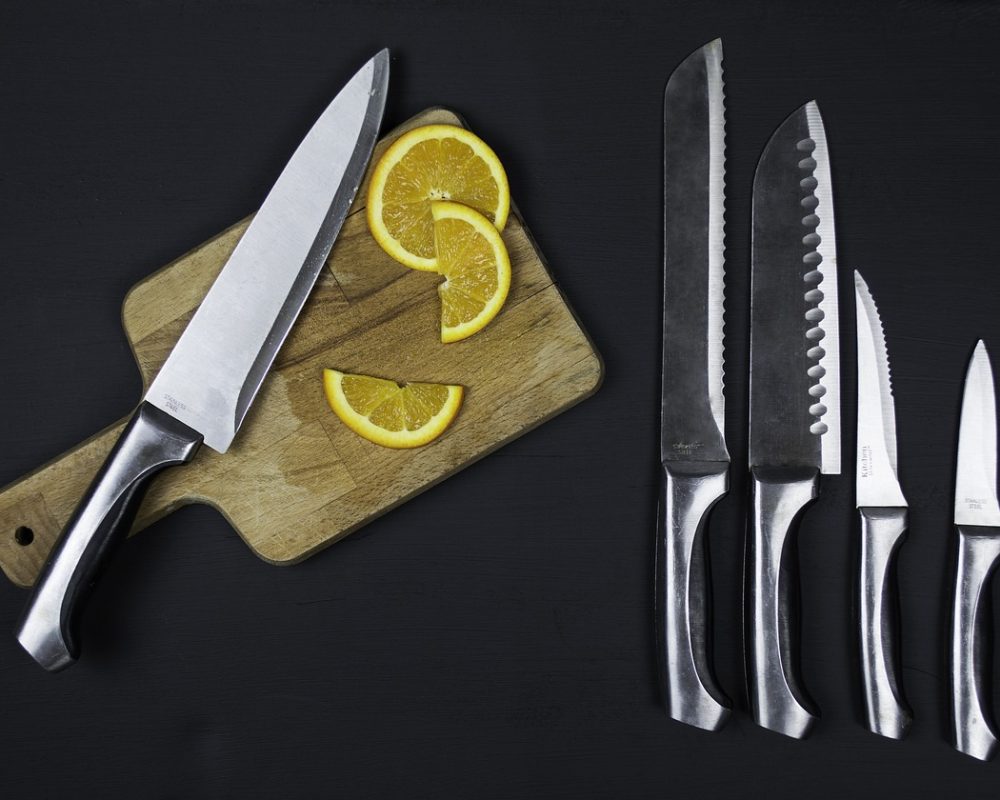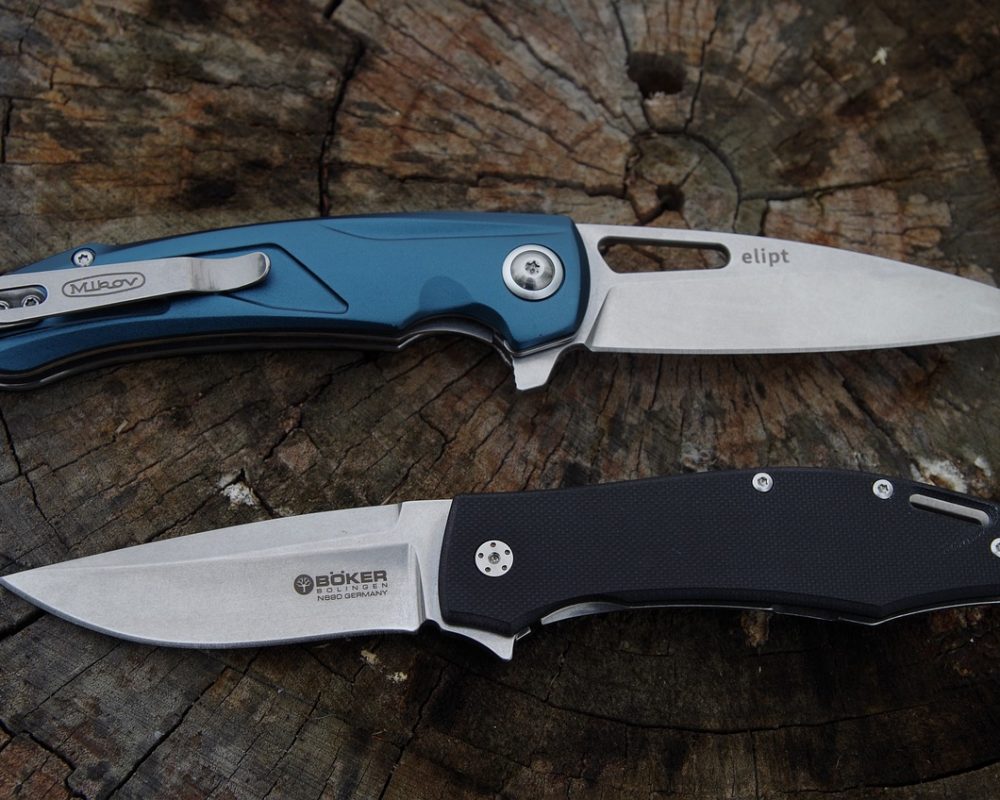For any chef, professional or home-based, the right kitchen knife is an indispensable tool. A well-chosen knife can enhance cooking speed, improve accuracy, and make meal prep a more enjoyable experience.
Understanding the types of kitchen knives is the first step toward building a solid culinary toolkit. Each knife is designed for specific tasks, though some are more versatile than others.

The chef’s knife is the cornerstone of any kitchen. With an 8-12 inch blade, it’s ideal for chopping, slicing, and dicing a variety of ingredients. The curved blade facilitates a rocking motion, making it easier to slice through vegetables, fruits, and even meats.
Originating from Japan, the Santoku knife has a straighter edge and a unique ‘sheep’s foot’ tip. It’s known for its lightweight design and versatility, particularly for slicing, dicing, and mincing. The Santoku is often seen as a lighter, smaller alternative to the chef’s knife.

Stainless steel is a popular choice for kitchen knives due to its resistance to rust and stains. High-carbon stainless steel combines the benefits of both high carbon and stainless steel, offering excellent durability, sharpness, and resistance to corrosion.
Carbon steel blades are incredibly sharp and retain their edge longer than stainless steel. However, they are more prone to rusting and staining, so they require diligent maintenance and drying after each use.

Always hand wash your knives with mild soap and warm water. Avoid the dishwasher, as the high heat and detergent can dull the blade and damage the handle. Dry them immediately after washing to prevent rust, especially for carbon steel knives.
Knives should be stored safely to prevent dulling and accidental cuts. Options include knife blocks, magnetic strips, or drawer inserts. Avoid storing knives loosely in drawers, as they can become dull and pose a safety hazard.
A German brand known for its durability and sharpness, Wüsthof knives are made from high-carbon stainless steel and offer excellent edge retention.
Shun knives, from Japan, are celebrated for their beautiful Damascus steel blades and lightweight design. They’re a favorite among chefs who prefer precision and aesthetics.
Known for producing Swiss Army knives, Victorinox also makes affordable yet high-quality kitchen knives. The brand’s Fibrox Pro chef’s knife is particularly popular for its budget-friendly price and performance.
Investing in quality chef and kitchen knives is one of the best decisions any cook can make. Knowing the types of knives, the materials, and the maintenance tips allows you to choose the right tools to enhance your culinary journey. Whether you’re a home cook or a professional, a well-selected, well-cared-for knife will make all the difference in the kitchen.
